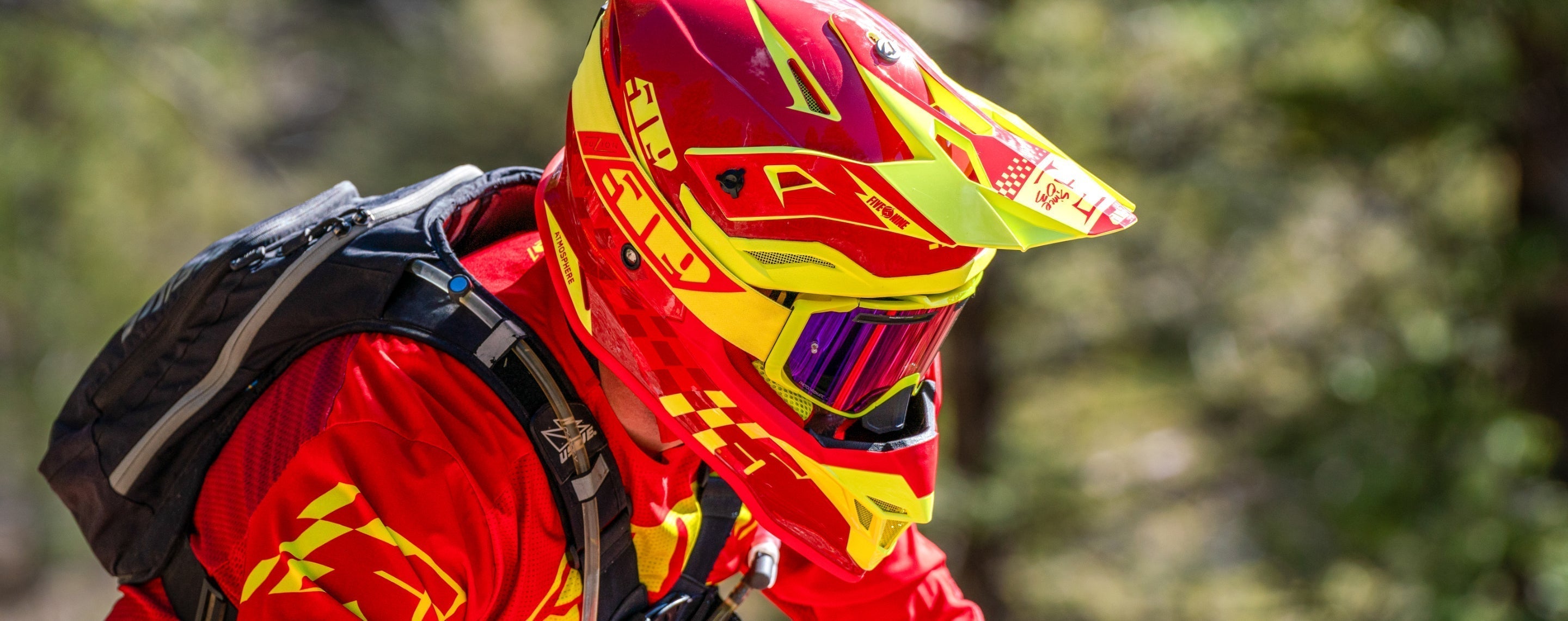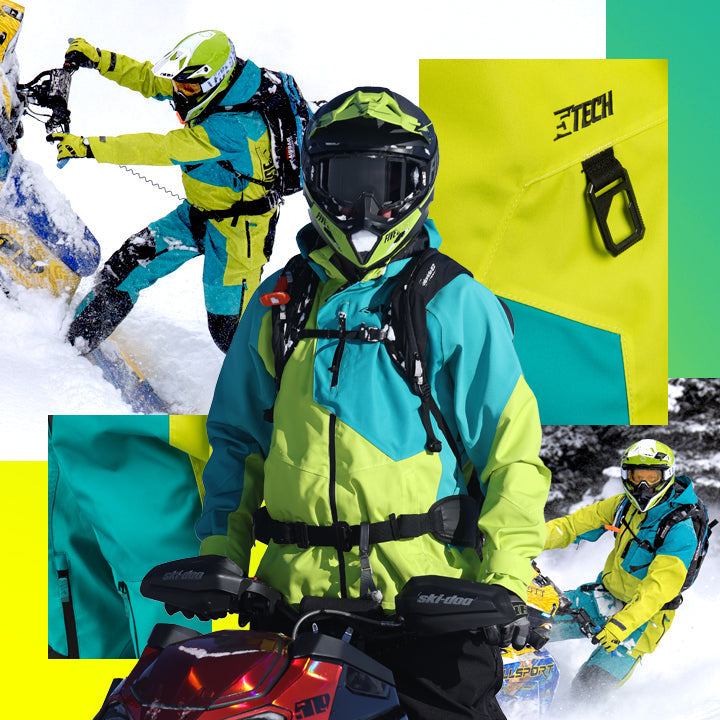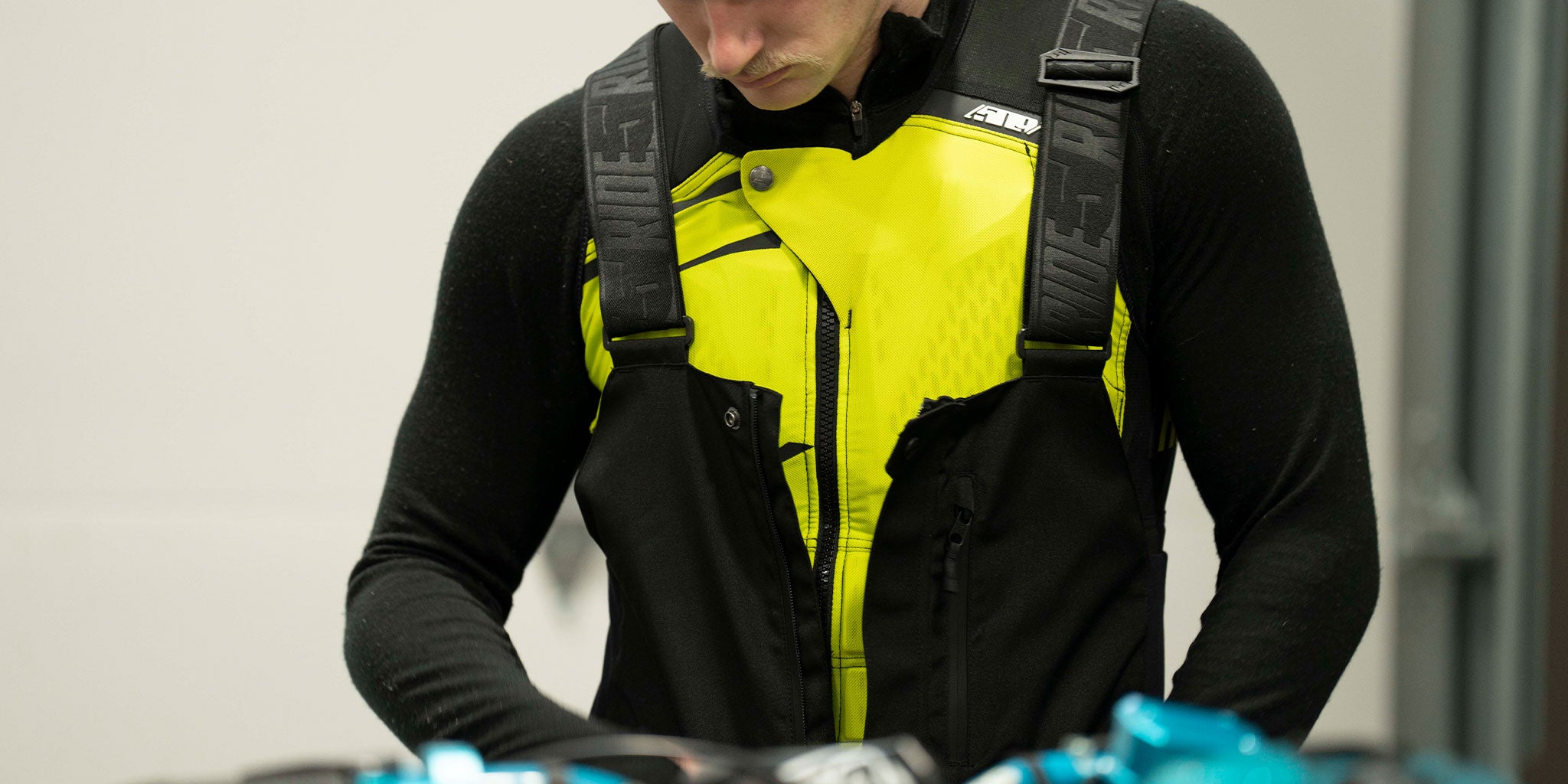
How Often Should I Replace my Helmet?
As a rider, protecting yourself with a high-quality helmet is of utmost importance. Your helmet is your first line of defense against potential impacts and accidents, safeguarding your head during exhilarating activities like snowmobiling, dirt bike riding, and street bike riding. However, helmets are not meant to last forever, and over time, they can experience wear and tear that affects their performance. Understanding when to replace your helmet is critical to ensuring your safety and maintaining optimal protection throughout your thrilling adventures.
Helmets have a limited lifespan due to various factors, including exposure to environmental elements, UV rays, and normal wear and tear. Most manufacturers recommend replacing your helmet every five years, regardless of whether it has experienced any significant impacts or crashes. The five-year guideline is a general rule of thumb based on the average lifespan of helmet materials and technologies.
Additionally, if you ride regularly or expose your helmet to extreme conditions, such as high temperatures or harsh chemicals, consider replacing it more frequently. Riders who frequently participate in snowmobiling, dirt bike riding, or street bike riding may experience more wear on their helmets due to exposure to elements specific to each activity.
Signs It's Time for a Replacement
While the five-year guideline is a good starting point, certain signs indicate that it's time to replace your helmet sooner. Pay attention to the following indicators:
- Significant Impact: If your helmet has experienced any significant impact or crash, regardless of whether it resulted in visible damage, it is essential to replace it immediately. Helmets are designed to absorb the force of impacts, and any damage sustained can compromise their structural integrity, making them less effective in future accidents. For more information visit the article: I crashed how can I tell if my helmet needs to be replaced?
- Visible Damage: Inspect your helmet regularly for any visible signs of damage, such as cracks, dents, or deformation in the shell or EPS liner. If you notice any damage, it's time for a replacement.
- Loose or Worn Straps: Check the chin strap and retention system regularly. If the straps are loose, worn, or no longer secure the helmet properly, it may not offer the necessary protection during a crash.
- Deterioration: Look for signs of deterioration on the helmet's shell, such as fading color, peeling paint, or surface degradation. These may indicate that the helmet is aging and losing its protective capabilities.
- Comfort and Fit: If your helmet no longer fits snugly or has become uncomfortable due to worn-out padding or liners, it's time for a replacement. A proper fit is crucial for the helmet to perform effectively.
Replacing your helmet at the recommended intervals or after any significant impact is crucial for several reasons:
- Safety: A helmet's primary purpose is to protect your head in the event of a crash. An outdated or compromised helmet may not provide adequate protection, putting you at risk of severe head injuries.
- Technological Advancements: Helmet technologies continually evolve to enhance safety and comfort. Newer helmets may offer improved materials and design features that provide better protection than older models.
- Material Deterioration: Over time, exposure to UV rays, moisture, and environmental elements can degrade helmet materials, reducing their effectiveness in absorbing impacts.
- Manufacturer Recommendations: Following the manufacturer's guidelines for helmet replacement ensures that you have gear that meets current safety standards and is in optimal condition.
In conclusion, replacing your helmet every five years is a general guideline to ensure your safety during snowmobiling, dirt bike riding, and street bike riding. However, if your helmet experiences any significant impact, replace it immediately, even if there is no visible damage. Regularly inspect your helmet for signs of wear and tear, and replace it if you notice any visible damage, loose straps, or deterioration. Prioritize your safety and invest in a high-quality helmet that fits properly and meets current safety standards. By doing so, you can enjoy your thrilling rides with the confidence that you have reliable protection on your head. Remember, a well-maintained and up-to-date helmet is a rider's best friend on every adventure.



